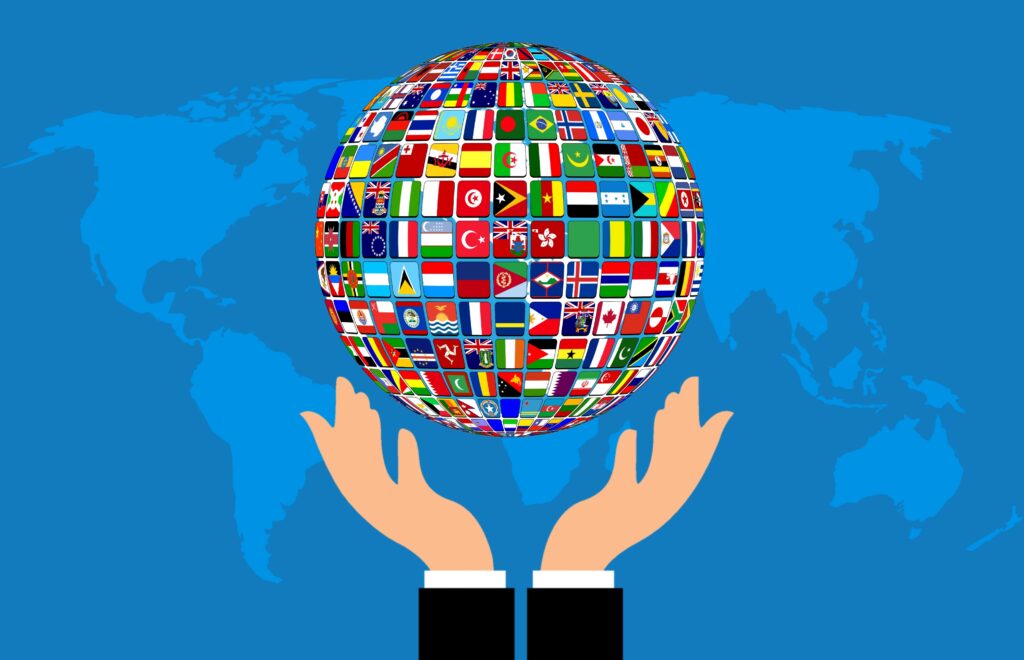Between 1971 and 1994, the United States provided approximately $3 trillion in aid to 70 impoverished countries. However, an intriguing revelation emerged in 1996 when the United Nations disclosed that the economic conditions of forty-three out of those seventy nations had worsened since receiving foreign aid.
Foreign aid
Encompassing the voluntary transfer of goods, services, and capital, manifests through bilateral, multilateral, or private channels. Bilateral aid involves direct assistance from one country to another, while multilateral aid operates through international organizations like the United Nations. Private aid is facilitated by non-governmental organizations. Typically, aid is extended during humanitarian crises, including wars, food shortages, economic downturns, or natural disasters. While foreign assistance is often perceived as an altruistic effort or a means of equitably distributing global resources, the reality differs.
While the exchange of services or goods during crises may align with altruistic principles, long-term economic prosperity does not consistently result from foreign aid, particularly in the form of capital or loans. Notably, foreign assistance in the form of debt carries numerous drawbacks and can detrimentally impact the economic growth of the recipient country.
Let’s have a brief look at the economic status and debt history of our own country, Pakistan. Pakistan
became member of the International Monetary Fund in 1950. However, the die was cast in 1958 when
General Ayub Khan reached an agreement with IMF for SRD $25000. However, the amount was never
withdrawn at that time. Later on, from 1965 to 1968, Ayub’s regime took a loan of $112 million and the
relationship of never-ending borrowing and bailouts between Pakistan and the IMF began. To date,
Pakistan has reached 22 agreements with the IMF and total debt has stacked up to $ 248 billion, from
1958 to 2022. Nevertheless, economy is still faltering— in fact, it is deteriorating. On one hand the
foreign aid is not used efficiently and purposefully, on the other hand country has to pay interests and
take more loans to repay the previous loans. Besides this, IMF controls economic policies of the country
and State Bank is cannot form monetary policies freely. Similarly, sub-Saharan countries –whose debt
reached to an enormous amount of $ 702 billion in 2020—have neither achieved economic stability nor
are in position to repay their debts. The worst thing about the financial aid is that it has nearly no impact
on the lives of general population.
Now, a question may arise, why this is the case? or why developing countries are unable to achieve
economic stability after receiving such an enormous amount of financial aid, continuously? The answers
to this question are multiple. The loan is handed over to a specific lot of elites who rarely utilize it for the
welfare of the society. Developing countries are already under the evil effects of corruption and bereft of
good governance. In Pakistan, loan has hardly been used for improving trade or exports. Economic
reforms have always been lacking. Under such circumstances, foreign aid in form of debt becomes a
curse and piles up and multiplies with its interest. Interestingly, donors of the aid get benefited more
than the recipients. Poor countries receive $ 2 trillion per year in form of foreign aid and FDI from
developed nations while rich countries receive $ 5 trillions per year from the same poor countries to
which they offer foreign aid. On the account of this, poor nations have been getting poorer and rich
becoming richer.
Moreover, financial aid is used as political tool and instrument of coercion by the richer countries. For
instance, the United States had provided Pakistan with financial aid only when Pakistan allied itself with
the US in the Cold War and War-on-Terror. The financial aid was curtailed in 1990 when Pakistan was
developing nuclear weapons. This gives a glimpse of the covert agendas of rich countries behind
providing loans. When low-income countries fail to repay loans, the loan piles up along with its interest
and a country has to take loans to repay the previous debt. This descends a country into a vicious cycle
and economic stability becomes nearly unattainable. Hence, dependence on foreign aid is almost
equivalent to losing hold of the reins of economy. Similarly, the recipient state has to follow specific
market policies, for example, the country can import specific commodities from the donor country
only—even if they are costly. The donor countries also benefit from the friendly relations they establish
with the recipient countries, opening way for trade and other kind of bilateral cooperations. Foreign aid
also give rise to global favoritism. For example, Israel has been top recipient of the US aid which has
been approximately $3 billion annually from 1985 to 2004 and is chiefly funded by the US to date.
Poor countries should make stringent economic policies and reforms, increase and diversify their
exports, and avoid foreign loans in order to design their policies without external influence. Countries
should bring reforms in order to improve governance and uproot corruption—on of the root causes of
economic draw back. Rich countries should avoid influencing other nations and should give aid for the
purpose of aiding a country and not exploiting it in the name of aid. International organization ought to
work fairly and play their part in making the world a better place.

